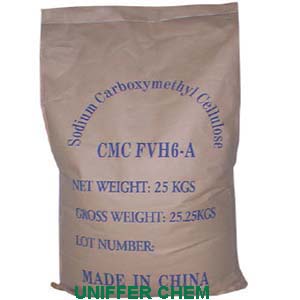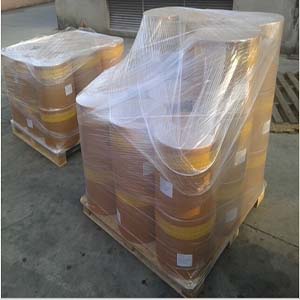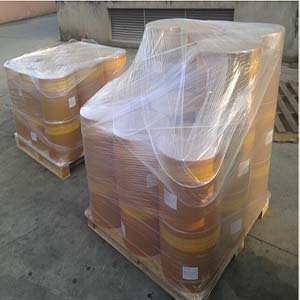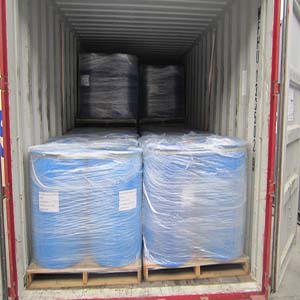Other related Products
Sodium Carboxymethyl Cellulose (CMC)
- CAS No:9000-11-7
- Qty in 20' FCL:18MT
- QC:Haccp,Kosher,Halal,Iso
- Product description: Cellulose (CMC)
Carboxy methyl cellulose (CMC) or cellulose gum is a cellulose derivative with carboxymethyl groups (-CH2-COOH) bound to some of the hydroxyl groups of the glucopyranose monomers that make up the cellulose backbone. It is often used as its sodium salt, sodium carboxymethyl cellulose.
CMC is used in food science as a viscosity modifier or thickener, and to stabilize emulsions in various products including ice cream. As a food additive, it has E number E466. It is also a constituent of many non-food products, such as K-Y Jelly, toothpaste, laxatives, diet pills, water-based paints, detergents, textile sizing and various paper products. It is used primarily because it has high viscosity, is non-toxic, and is hypoallergenic. In laundry detergents it is used as a soil suspension polymer designed to deposit onto cotton and other cellulosic fabrics creating a negatively charged barrier to soils in the wash solution. CMC is used as a lubricant in non-volatile eye drops (artificial tears). Sometimes it is methyl cellulose (MC) which is used, but its non-polar methyl groups (-CH3) do not add any solubility or chemical reactivity to the base cellulose.
ITEMS
STANDARD
Moisture (%)
=<10%
Viscosity(2% solutionB/mpa.s)
3000-8000
PH value
6.5-8.0
Chloride (%)
=<1.8%
Degree of substitution
0.65-0.85
Heavy metals Pb%
=<0.002%
Iron
=<0.03%
Arsenic
=<0.0002%
Conclusion: pass
Assay: manping auditing: manping Approval: weijia




 Customer service
Customer service